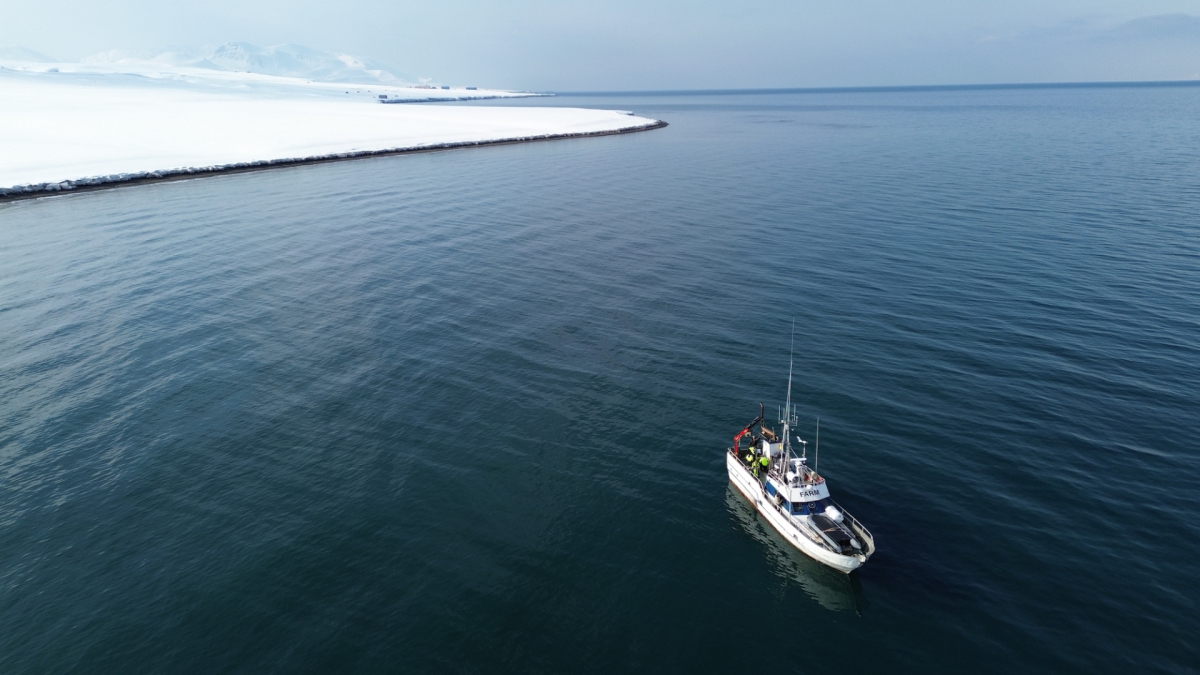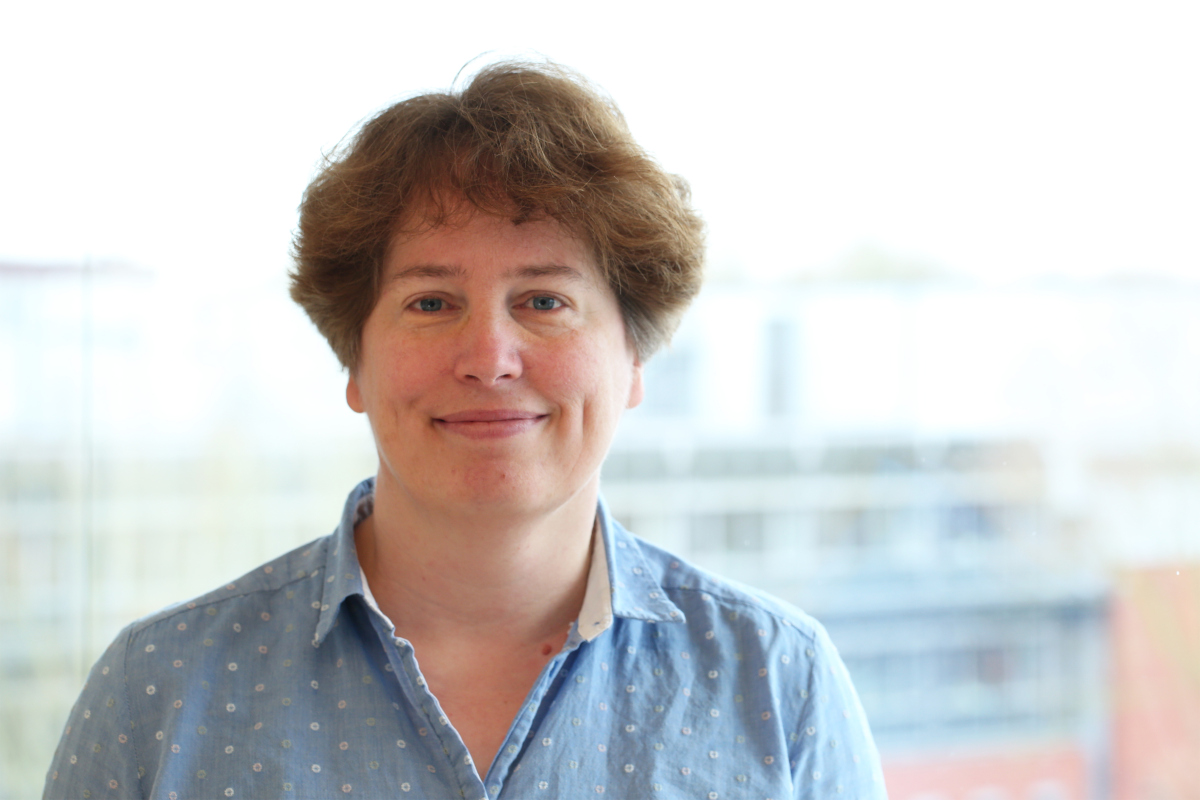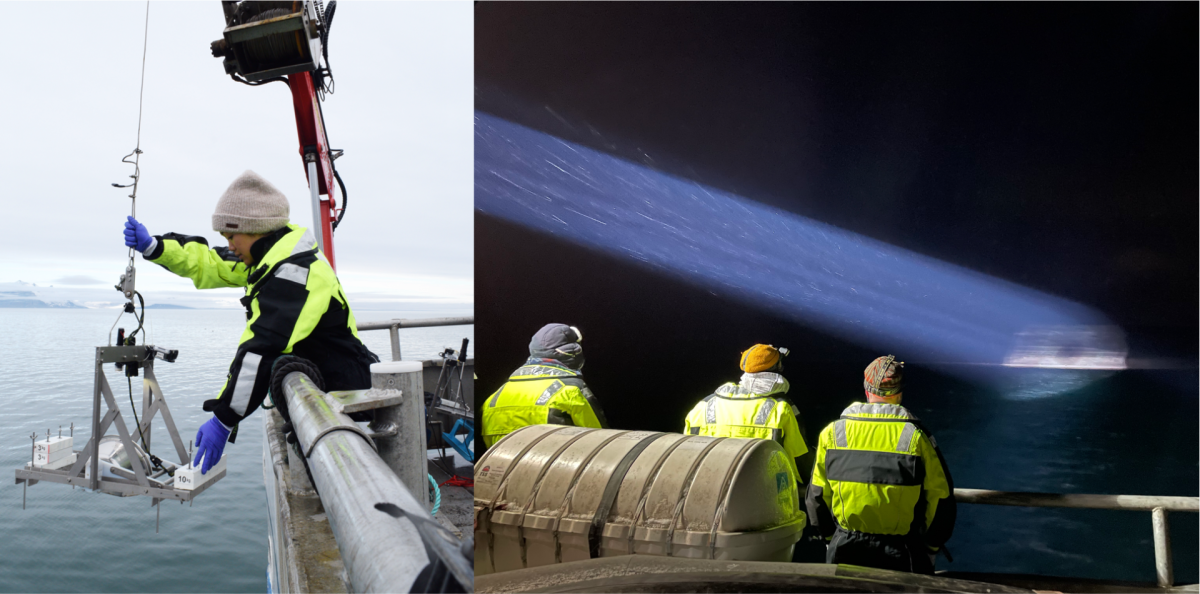- Departments
- Department of Molecular Ecology
- Coastal Sediments
- Bacterial carbon cycling in high-latitude coastal sediments
Bacterial carbon cycling in high-latitude coastal sediments

In marine sediments, heterotrophic microbes are central to processing, exchanging and transforming organic matter, ultimately affecting how much of it is sequestered. To date, little is known about how these microbial communities change in composition and substrate utilization across seasons. This is partly because microbial communities in the sediment are very diverse and complex, which poses methodological challenges for microbial ecology investigations. To address these challenges, we developed a sediment fractionation method that separates cells based on the degree of attachment to grains: cells in the porewater (PW), firmly attached to sediment grains (FA), and those that are loosely attached to grains (LA). We then applied this fractionation method to investigate bacterial carbon cycling in Arctic sediments. Our sampling station is located in Isfjorden, Svalbard (78°N). It is within the Arctic Circle and is annually subjected to strong seasonal changes: during polar night, there are over three months with 24 hours of darkness, while during polar day, there are four months with 24 hours of sunlight. Since 2021, we have embarked on five field campaigns for this project to sample seawater and surface sediments across different seasons. From our samples, we are investigating how the abovementioned sediment cell fractions change and adapt to the extreme seasonality in the Arctic. To do so, we are using multiple methodological approaches, such as 16S and metagenomic sequencing, fluorescence in situ hybridization and cell counts, oxygen consumption measurements via microsensors, and measurement of polysaccharide hydrolysis rates from incubations, among others. We have also collected samples for the environmental characterization of our sampling station, which gives us insights into how carbon, nitrogen, and iron concentrations, sulfate reduction rates, pigments, etc., fluctuate throughout the year. Results from these investigations will provide more insights into the role of sediment bacteria in the recycling of organic matter in the Arctic.
These measurements were enabled by our collaborators within the Max Planck Institute in Bremen as well as external partners, for example at the Marum in Bremen and the University of North Carolina Chapel Hill.
Moreover, this research would not have been possible without the generous donation by the Vermögensverwaltung Erben Dr. Karl Goldschmidt GmbH, in particular the help of Dr. Jannasch, which enabled a significantly expansion of the research carried out.
Further information
PhD Student
MPI for Marine Microbiology
Celsiusstr. 1
D-28359 Bremen
Germany
|
Room: |
2225 |
|
Phone: |

Project leader
Department of Molecular Ecology
MPI for Marine Microbiology
Celsiusstr. 1
D-28359 Bremen
Germany
|
Room: |
2222 |
|
Phone: |

